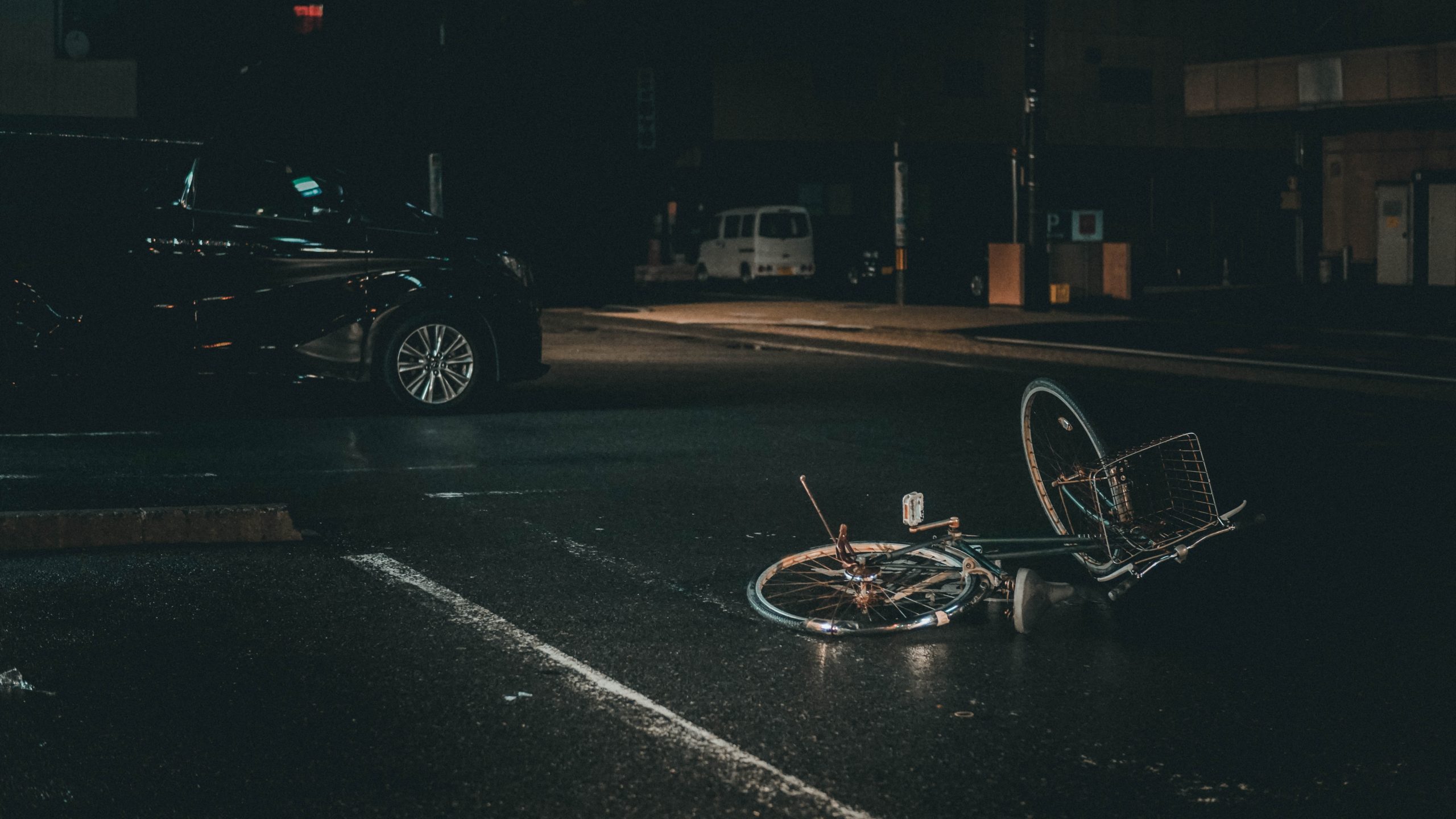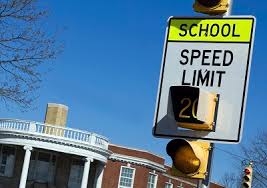
What are the risks of riding a bike in NYC?
A recent spate of bike accidents in the New York City metropolitan area underscores the risks of riding a bike in NYC. To date, there have been 19 NYC metropolitan area cyclist deaths in motor-vehicle related accidents in 2019. That’s nearly double the 10 NYC cyclist deaths in 2018.
NYC Bike Accidents
The State of New York had the highest number of bicycle fatalities of any state in 2017. NYC also had the highest number of cyclist traffic fatalities among all US cities in 2017: 22 deaths, or 10.6% of all traffic fatalities.
The National Highway Traffic Safety Administration Fatality Analysis Reporting System found that, nationally, cyclist deaths have consistently accounted for 2.0-2.5% of the total number of traffic fatalities since 2011. That’s roughly 680 to 850 bike riders who have died in traffic accidents nation-wide each year since 2011.
With urban cycling on the rise and a 46% national increase in cycle commuting since 2005, it has become increasingly hazardous to ride a bike in big cities. Riding a bicycle in NYC has proven to be very risky for an increasing number of riders this year.
Most bicycle-vehicle collisions happen in urban areas. While intersections are still uniquely risky for cyclists, more than 60% of bicycle accidents happen in open traffic.
Since a bicycle is legally considered a “vehicle,” cyclists must comply with traffic laws just like other vehicles. Some traffic laws applicable to all vehicles – including bikes:
- Signaling turns
- Stopping at stop signs and traffic lights
- Maintaining an appropriate distance while following other vehicles
Who Is at Fault?
Determining liability in a bicycle-vehicle collision case is based upon the party who had the right of way.
- Non-signaled intersections: if two or more vehicles approach the intersection, the vehicle to the right or the vehicle on the major thoroughfare has the right of way.
- Traffic signal intersections: the signal determines who has the right of way.
- Stop signs: cyclists rolling through stop signs or motor vehicles proceeding after a stop and colliding with a bike are the most typical stop sign-related incidents.
- Riding against traffic: cyclists riding against the flow of traffic are riding illegally. This kind of riding is hazardous, and the cyclist has less reaction time to manage unexpected situations. Also, drivers do not expect to see a cyclist riding against traffic and have less reaction time than usual.
While there are numerous possibilities for bikes and vehicle collisions, what matters is who has the right of way and whether someone broke the law. Bicyclists are particularly vulnerable in traffic due to their physical exposure to larger, heavier motor vehicles. Therefore, it is incumbent upon cyclists to ride defensively and follow traffic signs and signals like other vehicle drivers to minimize the risk of an accident, injury, or death.
Bicycle Safety
Here are some tips for cycling defensively in traffic:
- Always wear a bike helmet. You need protection from head injuries.
- Obey traffic signs and signals.
- Stay clear of curbs.
- Use hand signals when turning or changing lanes.
- Make eye contact with motorists when possible before making a maneuver.
- Pass other bikes with caution. Use a bell or announce that you’re “passing on the left.” Don’t cause an accident by passing in unsafe conditions.
- Ride single file while in traffic or on city streets.
- Be visible. Wear bright clothing and use bicycle safety lights.
- Be wary of parked cars opening doors into oncoming bike traffic.
- Plan a bike-safe route to your destination that doesn’t use major thoroughfares and has bike lanes or bike paths where available.
- Be mindful of pedestrians.
- Watch out for the unexpected.
If you are involved in a bicycle-vehicle collision, you need to do the following:
- Call the police and file a police report.
- Obtain the driver’s name, insurance information, address, phone number, and license plate number.
- Collect names, phone numbers, and statements of any witnesses to your accident.
- Don’t admit fault.
- Don’t minimize your injuries.
- Don’t minimize damage to your bike.
- Seek immediate medical attention for any injuries or if you don’t feel right.
- Seek damages from the driver’s insurance company to recover your losses.
You may need a personal injury lawyer to help you navigate the legal system and any insurance claims or insurance company negotiations for damages or loss. At Maggiano, DiGirolamo & Lizzi, P.C., our attorneys have more than 90 years of combined legal experience and success in personal injury cases.


















